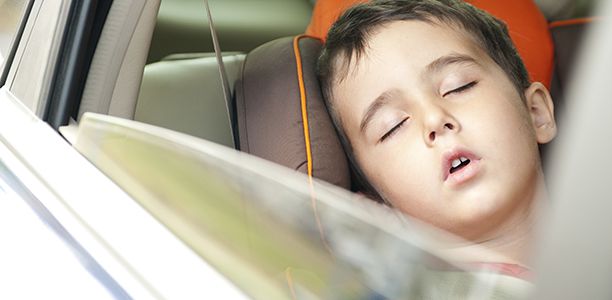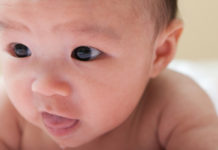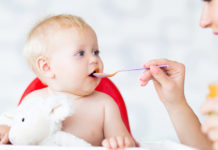Sleep-related deaths are the most common cause of death for infants 1-12 months of age. The American Academy of Pediatrics recommends that infants sleep on their back on a firm mattress, without loose bedding. However, many parents use sitting or carrying devices, such as car seats, swings, or bouncers, as alternative sleeping environments, which could lead to potential injury or death. In a new study scheduled for publication in The Journal of Pediatrics, researchers describe how the improper use of these items can lead to infant deaths.
Erich K. Batra, MD, Penn State Milton S. Hershey Medical Center, and colleagues from the US Consumer Product Safety Commission and Children’s National Medical Center reviewed deaths that were reported to the US Consumer Product Safety Commission, of children under 2 years of age that occurred in sitting and carrying devices between April 2004 and December 2008. According to Dr. Batra, “Many parents use sitting or carrying devices, not realizing that there are hazards when they do this.” The data include information from death certificates, reports from medical examiners and coroners, and interviews with family members and witnesses.
The researchers analyzed records for 47 deaths associated with sitting and carrying devices; all but one were attributed to asphyxia (positional or strangulation). Two-thirds of the cases involved car seats; strangulation from straps accounted for 52% of the car seat deaths. The remainder of deaths occurred in slings, swings, bouncers, and strollers. The elapsed time from when the infants were last seen alive to when they were discovered ranged from as little as four minutes to up to 11 hours. The study included newborns as well as toddlers.
It is important to note that an infant in a properly positioned car seat, in a car, with properly attached straps is at little risk from a suffocation injury. However, contrary to popular belief, the restraints and design of infant sitting or carrying devices are not intended for unsupervised sleeping. “Infants and young children should not be left unsupervised when using a sitting or carrying device due to the risk of suffocation and death,” notes Dr. Batra.
The authors offer the following advice to parents when using infant sitting or carrying devices:
- Do not leave children unsupervised (awake or asleep);
- Never leave children in a car seat with unbuckled or partially buckled straps;
- Car seats should never be placed on a soft or unstable surface;
- Infants in bouncers, strollers, and swings may be able to maneuver into positions that could compromise their airway; straps on these devices may not prevent infants from getting into hazardous situations;
- Ensure that infants cannot twist their heads into soft bedding or slump forward in a seat; restraints should be used according to manufacturer’s instructions;
- Slings are particularly hazardous because of their design and the ease with which an infant’s airway can be collapsed. If used, the infant’s face should be “visible and kissable” at all times; and
- Do not place more than one infant together in a swing meant for one infant.
(Source: AlphaGalileo, The Journal of Pediatrics)










